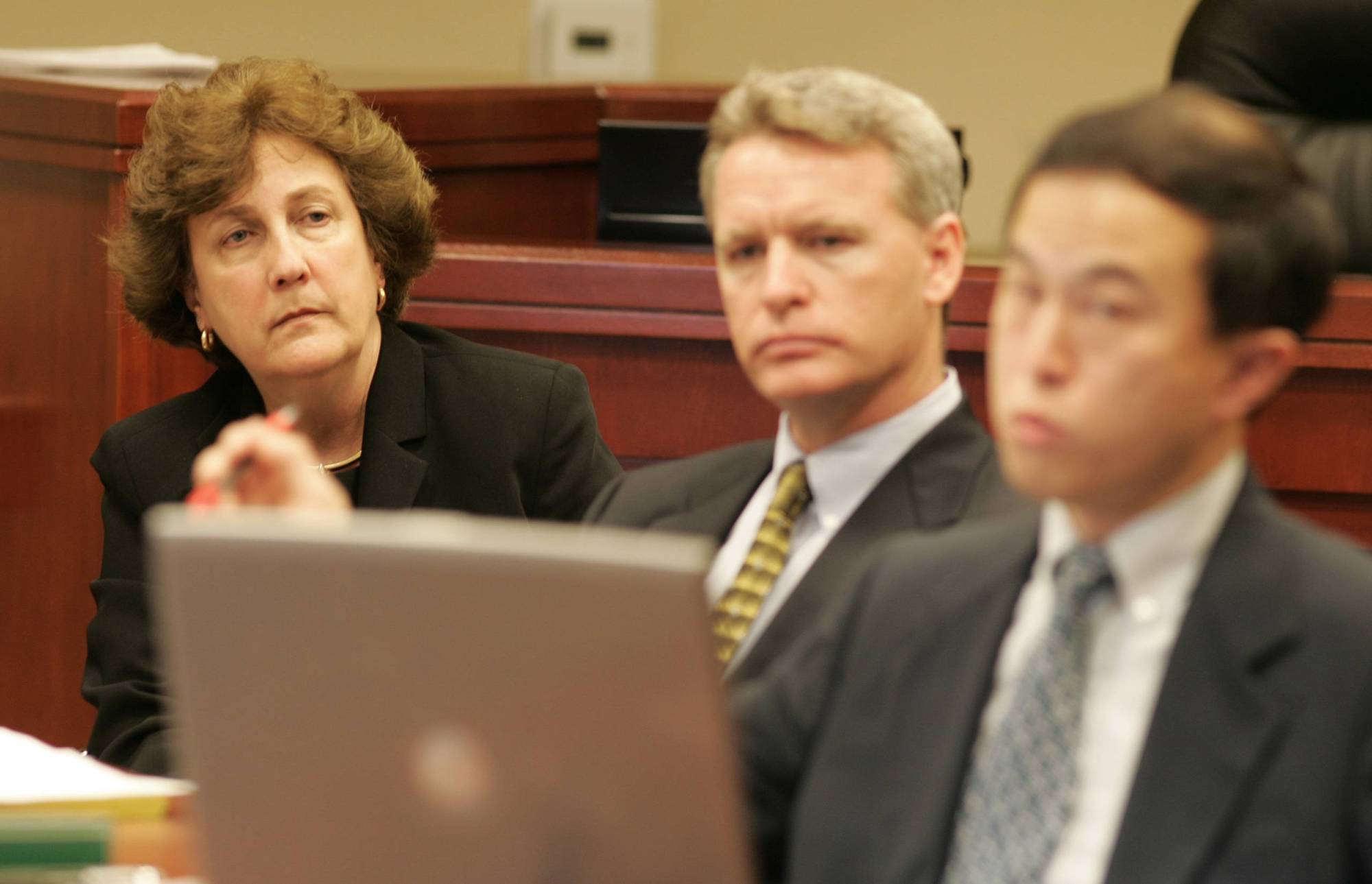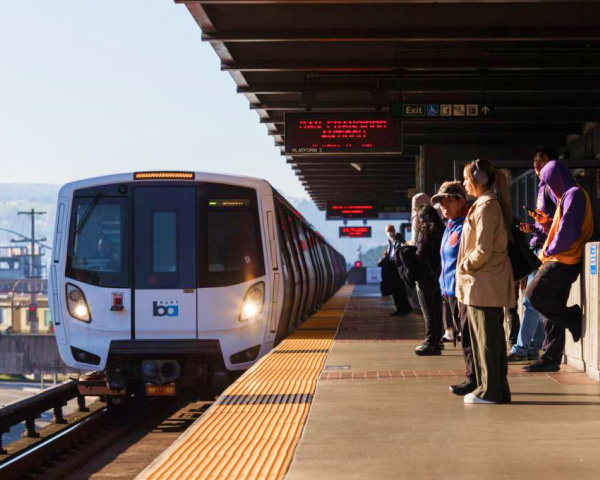Vallejo City Unified School District has full local control of its schools for the first time in more than two decades, after it announced this week that state oversight of the district has officially ended.
“This is not just an administrative shift — it’s a full-circle moment for a district that has worked tirelessly to rebuild credibility, restore fiscal solvency, and center student success,” Superintendent Rubén Aurelio said in a statement. “Our entire community — educators, families, partners, and students — has contributed to this recovery, and we are ready to lead with discipline and vision.”
Earlier this year, Solano County Superintendent Lisette Estrella-Henderson formally recommended that the district exit state receivership after what the district said was years of difficult financial planning, stable leadership and steps toward financial recovery. The district was joined by nearby Oakland Unified School District, which also exited state receivership on Monday after 22 years of state control, the Mercury News reported.



